At times, it feels like we may never get rid of COVID as we approach the second year of the pandemic. Over 5 million people have died worldwide from COVID according to World Meters and there's cases surging across the globe prompting lockdowns and strict guidelines. But there are precautions we can continue to take to avoid contracting the virus. A new study released by The British Medical Journal reveals that wearing masks cuts your chances of getting COVID by 53%. Read on to learn more about the study's findings—and to ensure your health and the health of others, don't miss these Sure Signs You've Already Had COVID.
Said the study authors: "Six studies with a total of 2627 people with covid-19 and 389 228 participants were included in the analysis examining the effect of mask wearing on incidence of covid-19. Overall pooled analysis showed a 53% reduction in covid-19 incidence (0.47, 0.29 to 0.75), although heterogeneity between studies was substantial (I2=84%). Risk of bias across the six studies ranged from moderate to serious or critical.
Mask wearing and transmission of SARS-CoV-2, covid-19 incidence, and covid-19 mortality—The results of additional studies that assessed mask wearing (not included in the meta-analysis because of substantial differences in the assessed outcomes) indicate a reduction in covid-19 incidence, SARS-CoV-2 transmission, and covid-19 mortality. Specifically, a natural experiment across 200 countries showed 45.7% fewer covid-19 related mortality in countries where mask wearing was mandatory. Another natural experiment study in the US reported a 29% reduction in SARS-CoV-2 transmission (measured as the time varying reproductive number Rt) (risk ratio 0.71, 95% confidence interval 0.58 to 0.75) in states where mask wearing was mandatory.
A comparative study in the Hong Kong Special Administrative Region reported a statistically significant lower cumulative incidence of covid-19 associated with mask wearing than in selected countries where mask wearing was not mandatory. Similarly, another natural experiment involving 15 US states reported a 2% statistically significant daily decrease in covid-19 transmission (measured as case growth rate) at 21 days after mask wearing became mandatory, whereas a cross sectional study reported that a 10% increase in self-reported mask wearing was associated with greater odds for control of SARS-CoV-2 transmission (adjusted odds ratio 3.53, 95% confidence interval 2.03 to 6.43). The five studies were rated at moderate risk of bias."
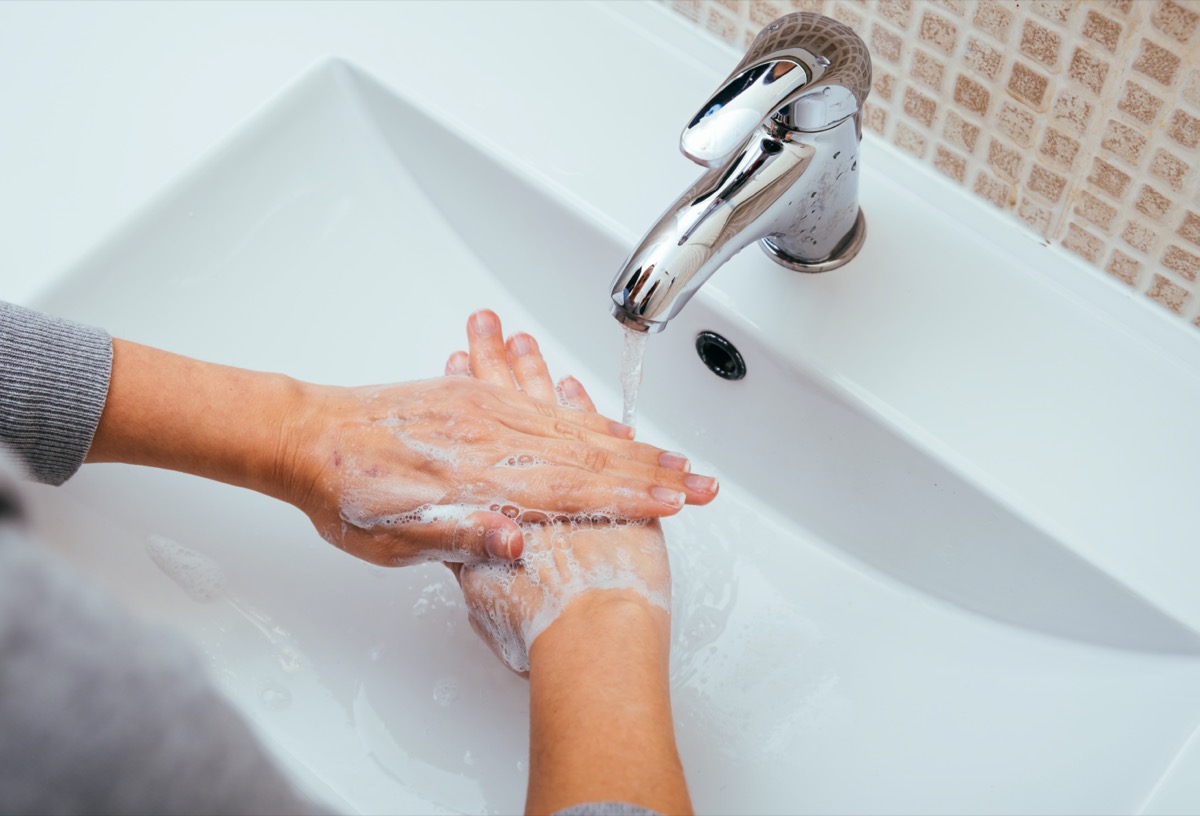
Said the study authors: "Three studies with a total of 292 people infected with SARS-CoV-2 and 10 345 participants were included in the analysis of the effect of handwashing on incidence of covid-19. Overall pooled analysis suggested an estimated 53% non-statistically significant reduction in covid-19 incidence (relative risk 0.47, 95% confidence interval 0.19 to 1.12, I2=12%). A sensitivity analysis without adjustment showed a significant reduction in covid-19 incidence (0.49, 0.33 to 0.72, I2=12%). Risk of bias across the three studies ranged from moderate to serious or critical."
RELATED: Secrets to "Reverse Aging," Say Experts
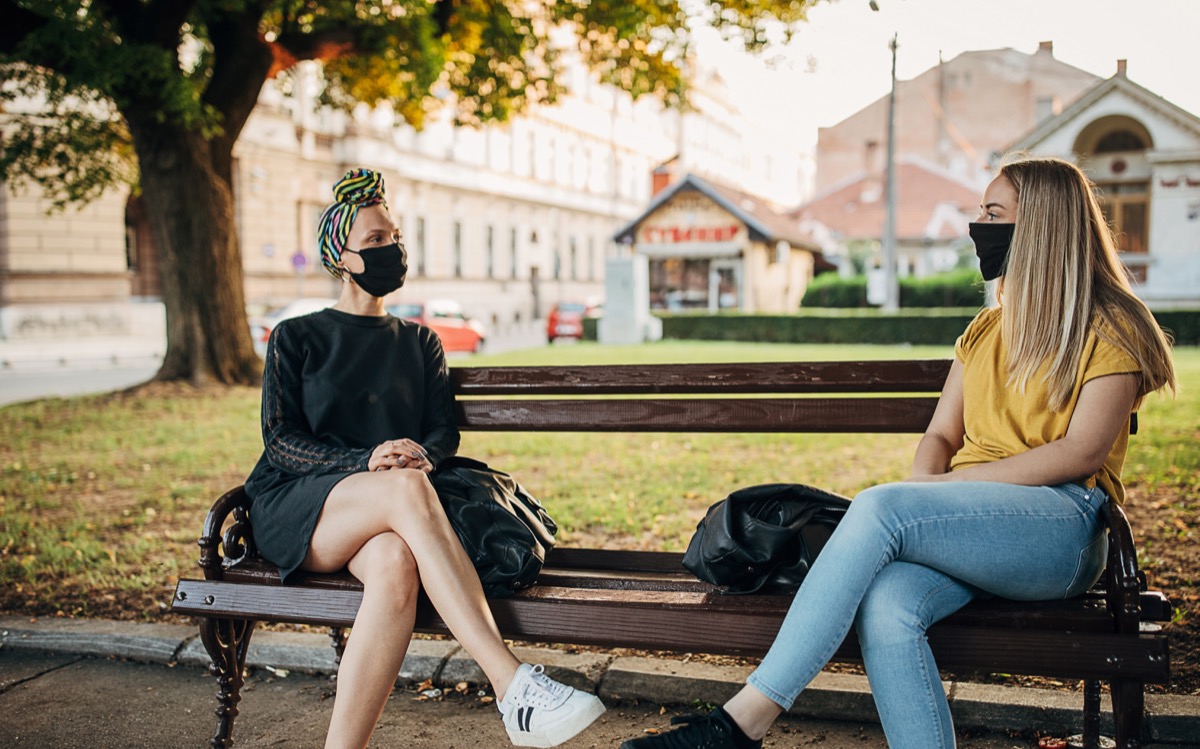
Said the study authors: "Five studies with a total of 2727 people with SARS-CoV-2 and 108 933 participants were included in the analysis that examined the effect of physical distancing on the incidence of covid-19. Overall pooled analysis indicated a 25% reduction in incidence of covid-19 (relative risk 0.75, 95% confidence interval 0.59 to 0.95, I2=87%). Heterogeneity among studies was substantial, and risk of bias ranged from moderate to serious or critical. Studies that assessed physical distancing but were not included in the meta-analysis because of substantial differences in outcomes assessed, generally reported a positive effect of physical distancing. A natural experiment from the US reported a 12% decrease in SARS-CoV-2 transmission (relative risk 0.88, 95% confidence interval 0.86 to 0.89) and a quasi-experimental study from Iran reported a reduction in covid-19 related mortality (β −0.07, 95% confidence interval −0.05 to −0.10; P<0.001). Another comparative study in Kenya also reported a reduction in transmission of SARS-CoV-2 after physical distancing was implemented, reporting 62% reduction in overall physical contacts (reproductive number pre-intervention was 2.64 and post-intervention was 0.60 (interquartile range 0.50 to 0.68)). These three studies were rated at moderate risk of bias to serious or critical risk of bias."
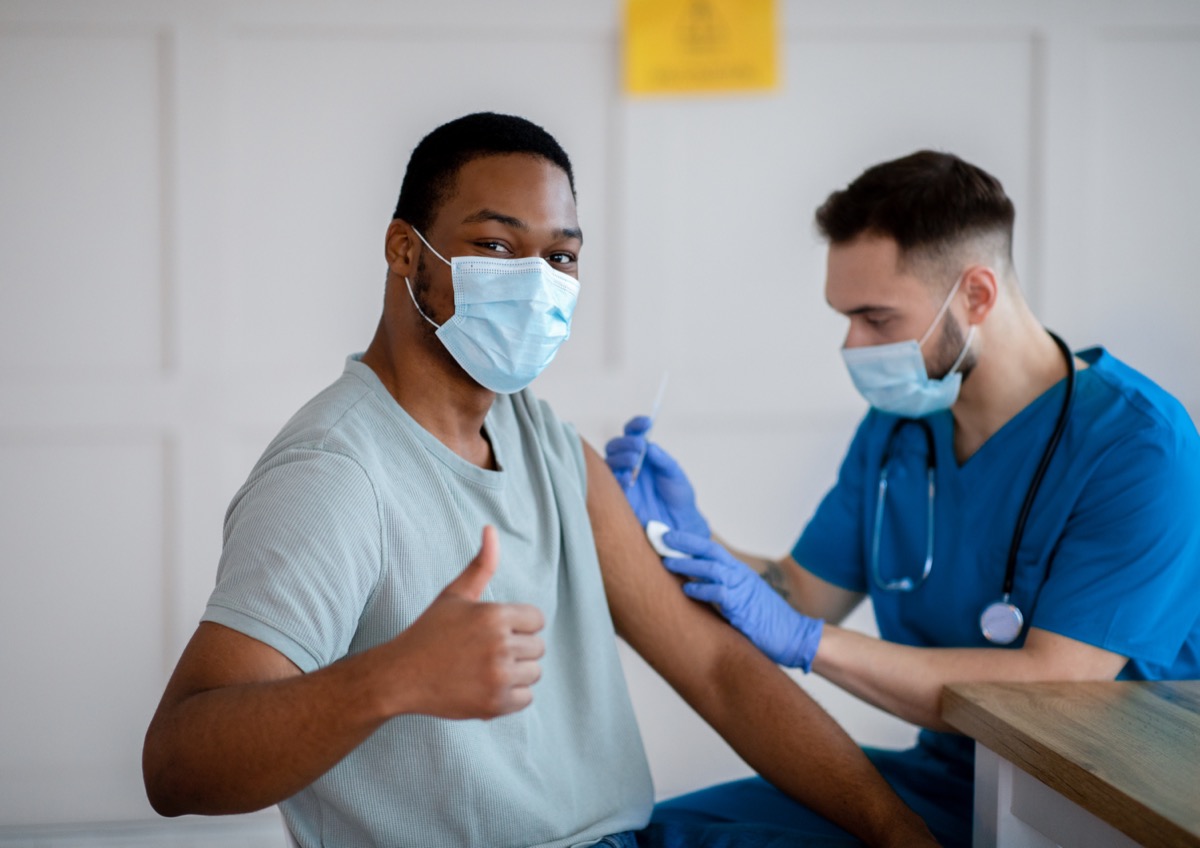
Said the study authors: "Globally, vaccination programmes have proved to be safe and effective and save lives. Yet most vaccines do not confer 100% protection, and it is not known how vaccines will prevent future transmission of SARS-CoV-2, given emerging variants. The proportion of the population that must be vaccinated against covid-19 to reach herd immunity depends greatly on current and future variants. This vaccination threshold varies according to the country and population's response, types of vaccines, groups prioritised for vaccination, and viral mutations, among other factors. Until herd immunity to covid-19 is reached, regardless of the already proven high vaccination rates, public health preventive strategies are likely to remain as first choice measures in disease prevention, particularly in places with a low uptake of covid-19 vaccination. Measures such as lockdown (local and national variant), physical distancing, mandatory use of face masks, and hand hygiene have been implemented as primary preventive strategies to curb the covid-19 pandemic."
RELATED: Losing This Kind of Fat is Most Important, Say Studies
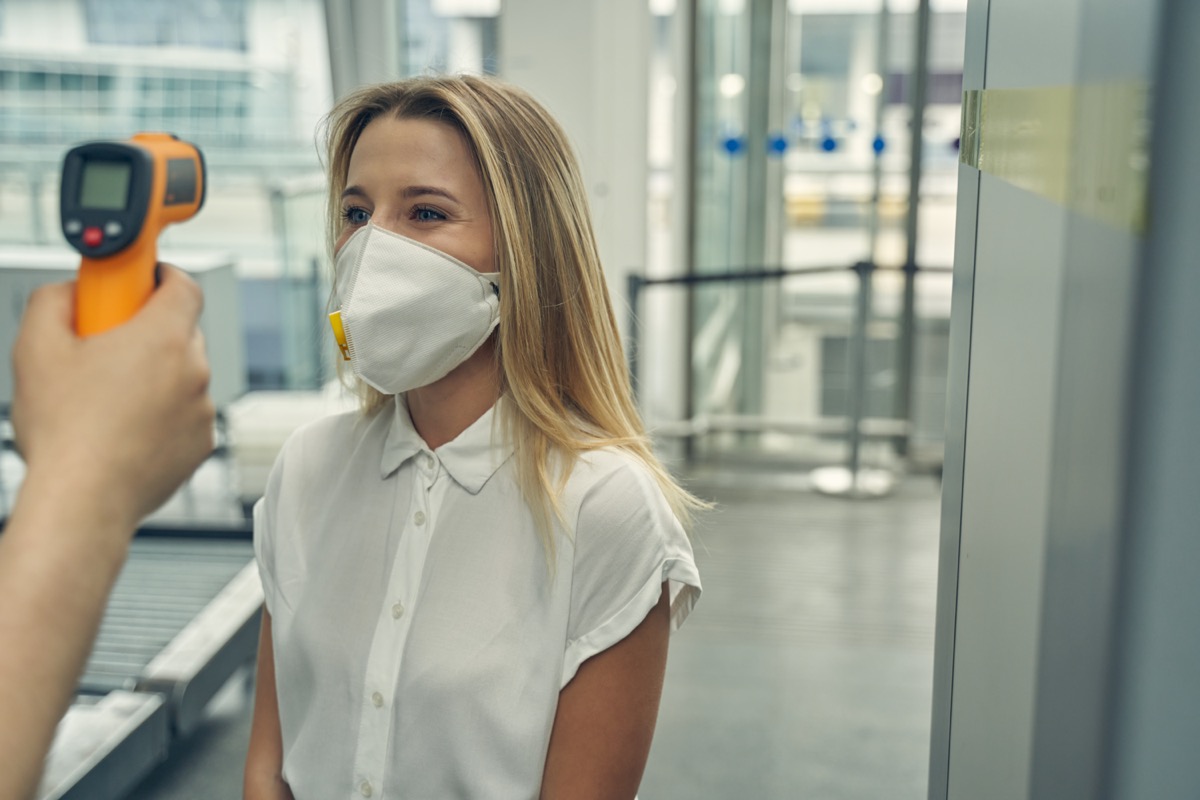
Said the study authors: "Border closure was assessed in one natural experiment study involving nine African countries. Overall, the countries recorded an increase in the incidence of covid-19 after border closure. These studies concluded that the implementation of border closures within African countries had minimal effect on the incidence of covid-19. The study had important limitations and was rated at serious or critical risk of bias. In the US, a natural experiment study reported that restrictions on travel between states contributed about 11% to a reduction in SARS-CoV-2 transmission. The study was rated at moderate risk of bias."
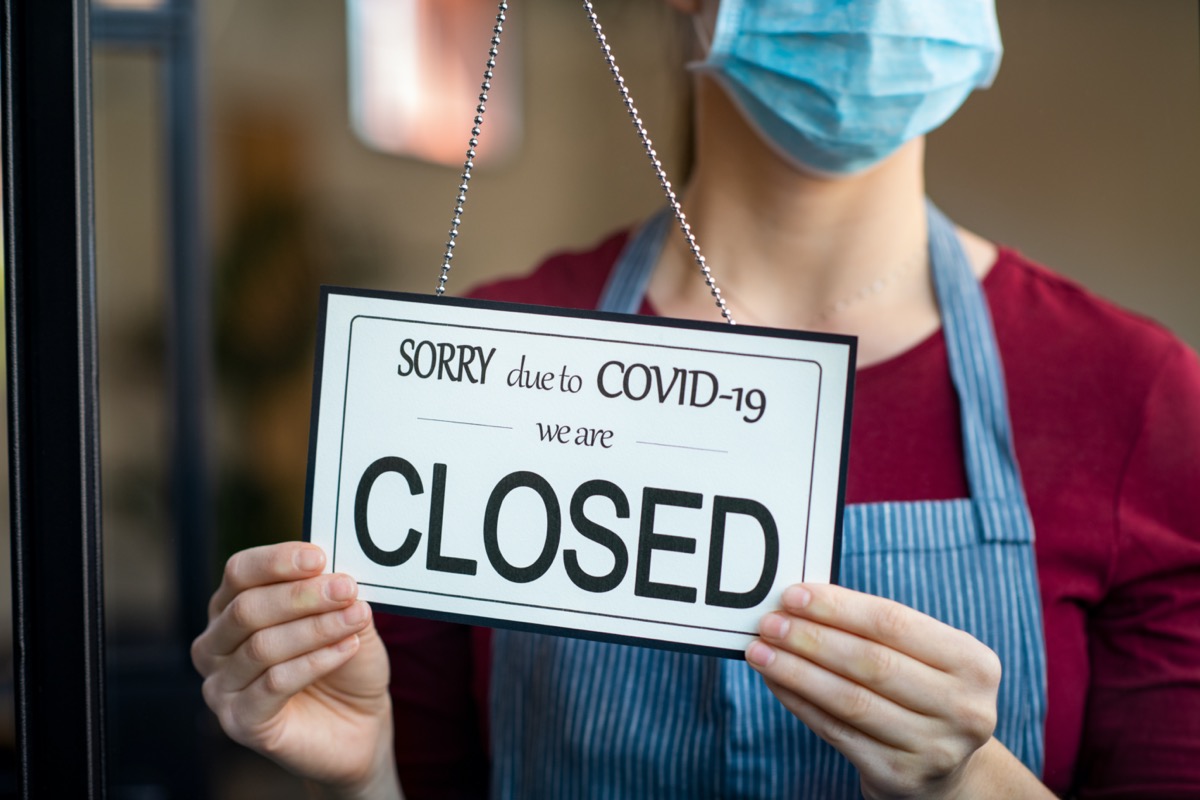
Said the study authors: "Four studies assessed universal lockdown and transmission of SARS-CoV-2 during the first few months of the pandemic. The decrease in reproductive number (R0) ranged from 1.27 in Italy (pre-intervention 2.03, post-intervention 0.76) to 2.09 in India (pre-intervention 3.36, post-intervention 1.27), and 3.97 in China (pre-intervention 4.95, post-intervention 0.98). A natural experiment from the US reported that lockdown was associated with an 11% reduction in transmission of SARS-CoV-2 (relative risk 0.89, 95% confidence interval 0.88 to 0.91). All the studies were rated at low risk of bias to moderate risk."
RELATED: Over 60? Don't Say These Things to Your Doctor

Said the study authors: "The three studies that assessed universal lockdown and covid-19 mortality generally reported a decrease in mortality. A natural experiment study involving 45 US states reported a decrease in covid-19 related mortality of 2.0% (95% confidence interval −3.0% to 0.9%) daily after lockdown had been made mandatory. A Brazilian quasi-experimental study reported a 27.4% average difference in covid-19 related mortality rates in the first 25 days of lockdown. In addition, a natural experiment study reported about 30% and 60% reductions in covid-19 related mortality post-lockdown in Italy and Spain over four weeks post-intervention, respectively. All three studies were rated at moderate risk of bias."
Substantial benefits in reducing mortality were observed in countries with universal lockdowns in place, such as Australia, New Zealand, Singapore, and China. Universal lockdowns are not, however, sustainable, and more tailored interventions need to be considered; the ones that maintain social lives and keep economies functional while protecting high risk individuals. Substantial variation exists in how different countries and governments have applied public health measures, and it has proved a challenge for assessing the effectiveness of individual public health measures, particularly in policy decision making."
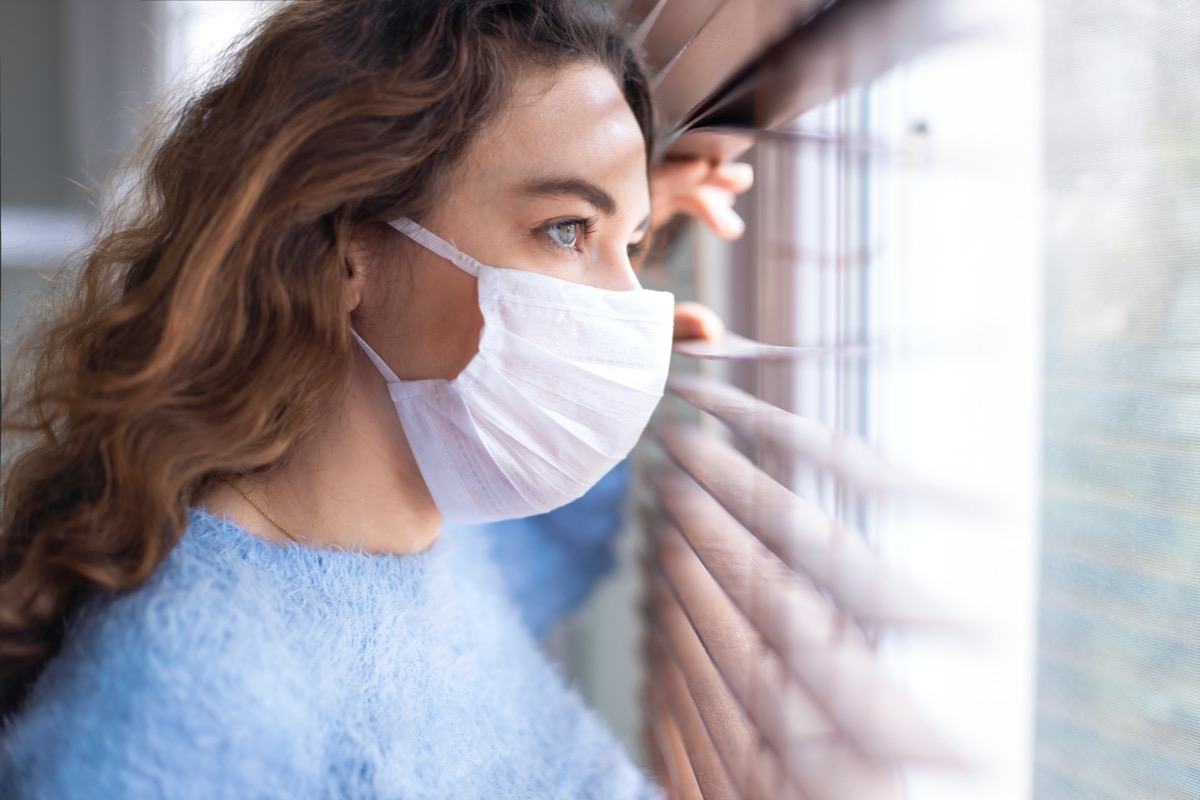
Said the study authors: "All the studies that assessed stay at home or isolation measures reported reductions in transmission of SARS-CoV-2. A retrospective cohort study from the US reported a significant reduction in the odds of having a positive reproductive number (R0) result (odds ratio 0.07, 95% confidence interval 0.01 to 0.37), and a natural experiment reported a 51% reduction in time varying reproductive number (Rt) (risk ratio 0.49, 95% confidence interval 0.43 to 0.54).
A study from the UK reported a 74% reduction in the average daily number of contacts observed for each participant and estimated a decrease in reproductive number: the reproductive number pre-intervention was 3.6 and post-intervention was 0.60 (95% confidence interval 0.37 to 0.89). Similarly, an Iranian study projected the reproductive number using serial interval distribution and the number of incidence cases and found a significant decrease: the reproductive number pre-intervention was 2.70 and post-intervention was 1.13 (95% confidence interval 1.03 to 1.25). Three of the studies were rated at moderate to serious or critical risk of bias and one study was rated at low risk of bias."
RELATED: I'm a Doctor and Urge You Read This Now
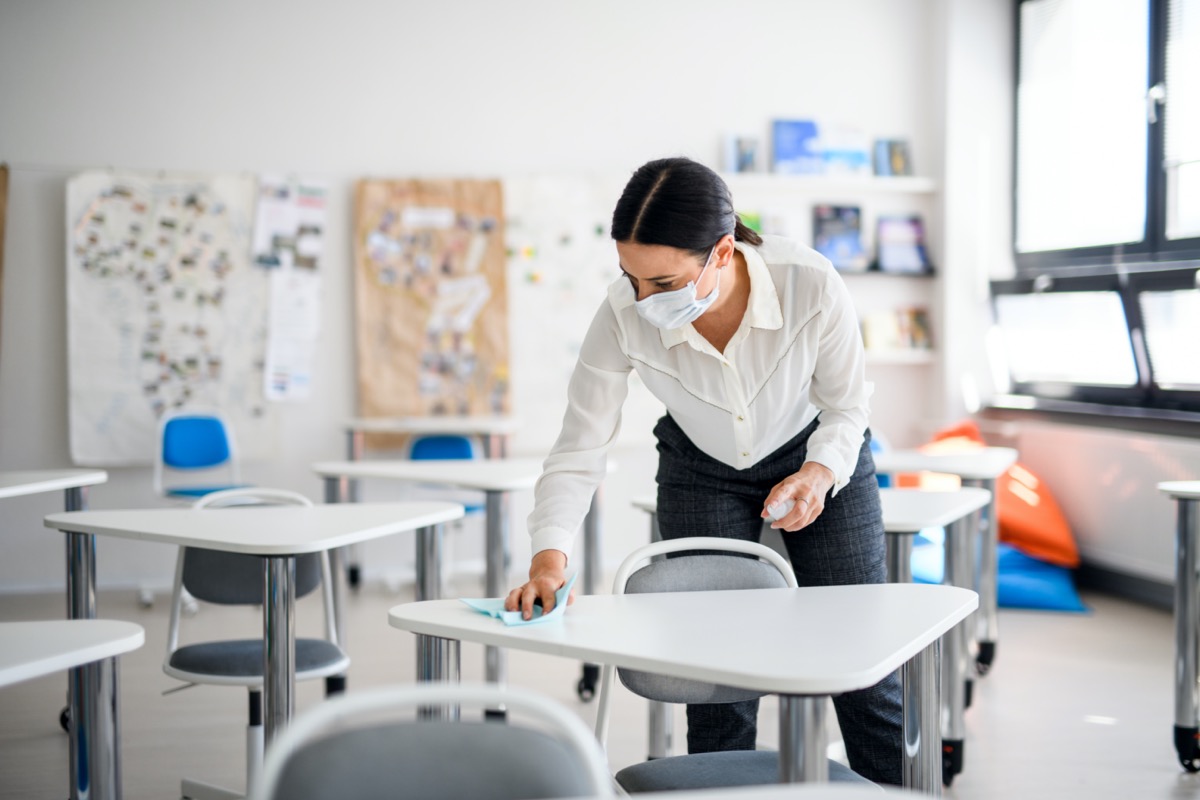
Said the study authors: "Two studies assessed the effectiveness of school closures on transmission of SARS-CoV-2, incidence of covid-19, or covid-19 mortality. A US population based longitudinal study reported on the effectiveness of state-wide closure of primary and secondary schools and observed a 62% decrease (95% confidence interval −49% to −71%) in incidence of covid-19 and a 58% decrease (−46% to−68%) in covid-19 mortality. Conversely, a natural experiment from Japan reported no effect of school closures on incidence of covid-19 (α coefficient 0.08, 95% confidence interval −0.36 to 0.65). Both studies were rated at moderate risk of bias."
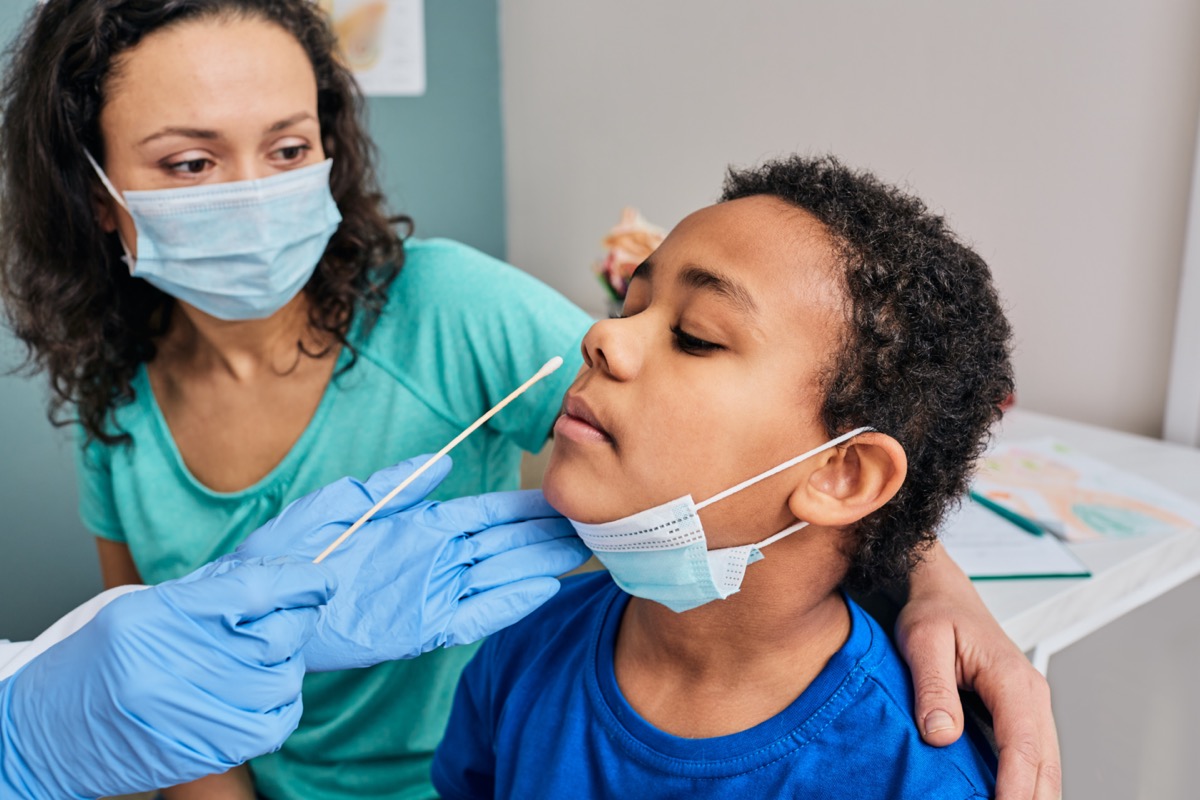
Said the study authors: "Two natural experiments from the US reported a reduction in transmission (ie, reproductive number); with one study reporting a reduction of 13% (relative risk 0.87, 95% confidence interval 0.86 to 0.89) and another reporting a 10% (0.90, 0.86 to 0.93) reduction. A Swedish study reported an association between school closures and a small increase in confirmed SARS-CoV-2 infections in parents (odds ratio 1.17, 95% confidence interval 1.03 to 1.32), but observed that teachers in lower secondary schools were twice as likely to become infected than teachers in upper secondary schools (2.01, 1.52 to 2.67). All three studies were rated at moderate risk of bias."
RELATED: "Health Cures" That are a Waste of Money
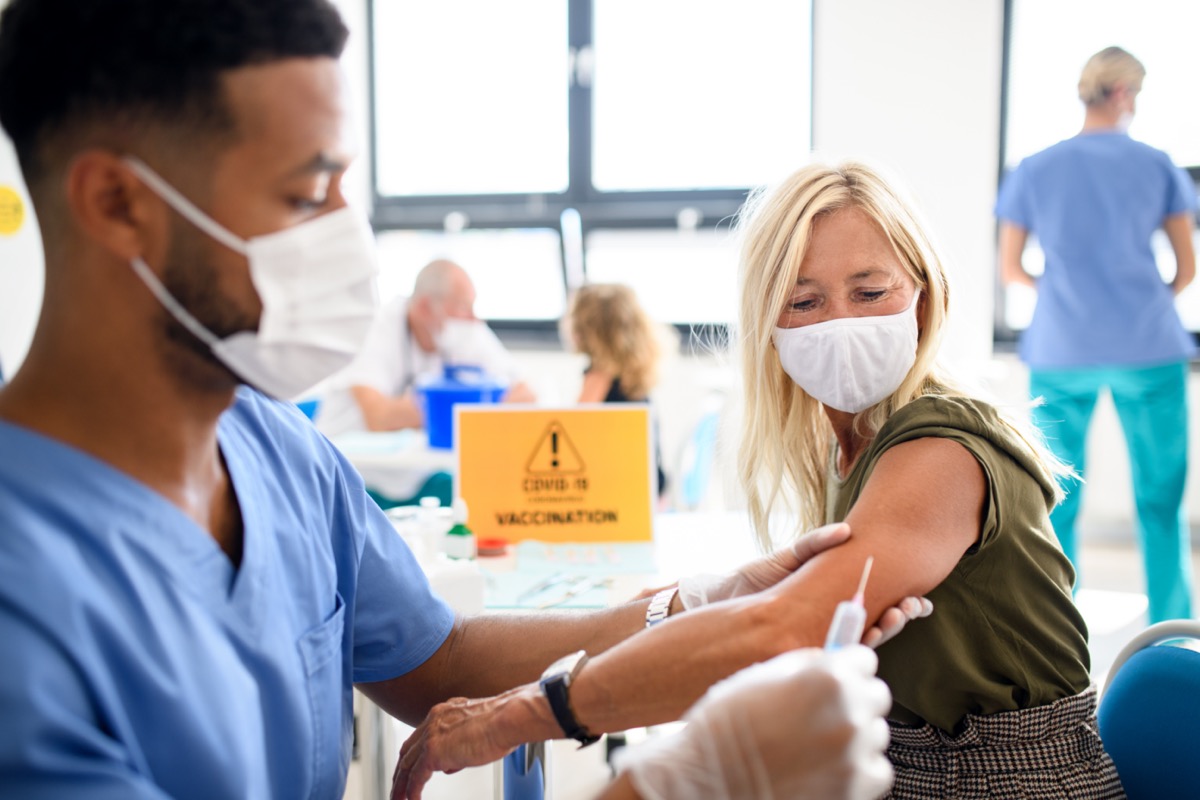
Said the study authors: Follow the public health fundamentals and help end this pandemic, no matter where you live—get vaccinated ASAP; if you live in an area with low vaccination rates, wear an N95 face mask, don't travel, social distance, avoid large crowds, don't go indoors with people you're not sheltering with (especially in bars), practice good hand hygiene, and to protect your life and the lives of others, don't visit any of these 35 Places You're Most Likely to Catch COVID.
The post This Cuts Your COVID Risk in Half, New Study Shows appeared first on Eat This Not That.
----------------
By: Heather Newgen
Title: This Cuts Your COVID Risk in Half, New Study Shows
Sourced From: www.eatthis.com/news-this-cuts-covid-risk-in-half-study/
Published Date: Fri, 19 Nov 2021 13:15:56 +0000
Read More
 HealthWellnessFitnessBeautyVideosPrivacy PolicyTerms And Conditions
HealthWellnessFitnessBeautyVideosPrivacy PolicyTerms And Conditions
